Today, we want to talk about a common concern we get asked about all the time on social media: how to treat dark armpits and dark inner thighs. A common cause of this is a condition called Acanthosis Nigricans, so we want to address the causes and how to best treat this condition.
Disclaimer: In the name of full transparency, please note that this post contains affiliate links and any purchase made through such links will result in a small commission for us.
What is Acanthosis Nigricans?
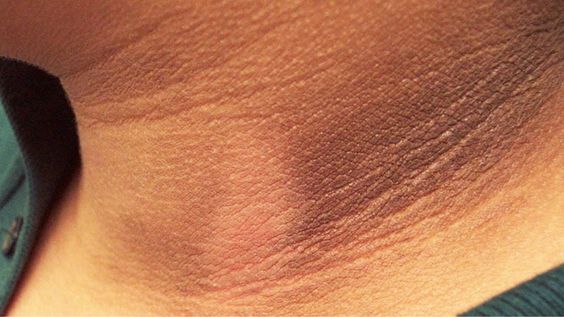
What is Acanthosis Nigricans? Believe it or not, this is a condition we see all the time. It’s a common, benign skin condition due to excessive epidermal growth, leading to hyperpigmentation. It commonly occurs around the back of the neck, and people often call it the “dirty neck sign,” but it can also affect the armpits, inner arms, inner thighs, posterior legs, and, rarely, the eyelids, corners of the mouth, and palms.
Causes and Associations
The majority of the time, Acanthosis Nigricans is associated with metabolic syndrome and diabetes. It can also have a tendency to run in families and, very rarely, they can be a manifestation of certain cancers. Clinically, we see hyperpigmentation or darkening of the skin and slight thickening, with a velvety, shiny, smooth-like texture.
We don’t really know why it happens, but in the common setting of diabetes, we know that there is often insulin growth factor associated with insulin resistance stimulates epidermal hyperplasia or epidermal growth. If we were to sample the skin and look under the microscope, we would see epidermal hyperplasia, which is thickening of the top layer of the skin. The darkening of the skin is primarily due to this thickening, not excessive pigment deposition.
When we talk about treatment, even though it is similar to treating hyperpigmentation, the focus is on thinning out that top layer of the skin that is thickened from the condition. Before we get into treatment, we want to mention that the most common cause of Acanthosis Nigricans is associated with obesity, diabetes, and metabolic syndrome. We’ve seen this in kids as young as five or six years old when there is a genetic tendency towards these conditions.
When you see this on the skin, it is often a sign of a predisposition to developing these conditions. We always recommend following up with your pediatrician or primary care doctor because the most important thing when it comes to treating Acanthosis Nigricans is lifestyle management to ensure that it does not worsen. This condition can be challenging to treat, and prevention is almost better than treatment due to the difficulty of reversing skin thickening.
1) Importance of Lifestyle Modifications
If you’re able to identify this condition and be able to make lifestyle modifications or take medications to decrease your blood sugar and weight, it can be very helpful. In fact, it should be part of your treatment regimen in addition to what is recommended by your dermatologist for your skin. It’s also important to follow up with your doctor to ensure you don’t have diabetes.
For women who are prone to or at risk of developing polycystic ovarian syndrome, this condition is frequently seen with hyperandrogenism and insulin resistance. Furthermore, where Acanthosis Nigricans occurs, we often see skin tags, which are also induced by insulin growth factor. These skin findings are clues that there may be underlying health issues that also need to be addressed, which will help manage the skin condition.
2) Topical Treatments and Products

Let’s talk about topical treatments and products for at-home treatment. What are the most effective treatments? Unfortunately, most treatments offer mild to modest results, so prevention is important. Topical treatments, along with in-office procedures like chemical peels and lasers, can help reduce the appearance and thickening of Acanthosis Nigricans.
Commonly used ingredients include topical retinoids, which are considered a gold standard, as well as adapalene. Tretinoin, adapalene, and retinol can be helpful, but retinol is often not strong enough to give the desired results. The improvements also depend on the severity of the condition. For mild thickening, results may be seen faster and more effectively than for severe cases.
Topical retinoids, such as prescription tretinoin, tazarotene, and over-the-counter adapalene, can be very helpful. These are often more effective when combined with other keratolytics like urea creams, salicylic acid creams, and lactic acid creams. However, be cautious because the areas where Acanthosis Nigricans occur, like armpits, inner arms, and inner thighs, are sensitive and can be irritated by these treatments.
A simple regimen could include using an over-the-counter product like AmLactin a few times a week after bathing, or a topical retinoid like tretinoin, starting slowly and increasing the frequency to nightly if tolerated. This process should be done gradually over many weeks to months.
Another option is urea cream, which helps thin out the top layer of the skin and is less irritating than salicylic and lactic acid. Combining urea with tretinoin has shown effectiveness, as urea also improves the penetration of tretinoin with less irritation. You can consider using a urea-based cream like CeraVe‘s diabetic line, which is marketed for diabetics but can be used by anyone.
Certainly, combining tretinoin with lactic acid or salicylic acid can be effective, but it’s important to start slowly and increase gradually to avoid irritation. Salicylic acid-based moisturizers, like CeraVe’s rough and bumpy line, which contains 2% salicylic acid, can also be helpful.
Another topical cream that may help is a prescription vitamin D cream, commonly used for psoriasis. Vitamin D normalizes skin turnover in conditions like Acanthosis Nigricans and psoriasis. This prescription medication is well-tolerated and works well with the other ingredients mentioned.
3) Lightening Agents

We often get asked about lightening agents like azelaic acid, vitamin C, niacinamide, or hydroquinone. These can be helpful, especially hydroquinone, as there may be some pigment deposition. However, for Acanthosis Nigricans, the primary issue is skin thickening rather than pigment deposition. These agents can work synergistically with tretinoin, but hydroquinone alone may not offer much benefit.
4) In-Office Treatments
This condition is challenging, so people often go to clinics after topical treatments have failed. What are the other options? Like melasma, Acanthosis Nigricans is best treated when topical treatments are combined with regular cosmetic procedures. Trichloroacetic acid (TCA) chemical peels have shown some benefit when done regularly. These peels are generally uncomfortable but tolerable, with a higher risk of hyperpigmentation for darker skin types.
Certain types of fractionated resurfacing lasers can also be helpful, especially for those with melanin-rich skin. These lasers can help resurface the epidermis, making it less thickened, and your dermatologist can discuss these options with you.
5) Oral Medications
For extreme cases, there are oral medications that your dermatologist may discuss with you, including oral retinoids. These can help normalize skin thickening, but they are not commonly used due to side effects and the progressive nature of Acanthosis Nigricans. The benefits may be temporary, and once the medication is stopped, the skin thickening may return. Lifestyle modifications and regular topical treatments are often more effective long-term strategies.
Conclusion
In conclusion, managing hyperpigmentation from Acanthosis Nigricans is a multi-faceted process. We hope you found this information helpful. Let us know in the comments below if you have any concerns or experiences with Acanthosis Nigricans, and what has worked well for you.
We’re also interested in starting a series on skin and body hyperpigmentation, including dark circles and other causes of darkened elbows, knees, and knuckles. If you’re interested in that, let us know below. We would love it if you stay tuned for our next post!
Disclaimer: In the name of full transparency, please note that this post contains affiliate links and any purchase made through such links will result in a small commission for us.



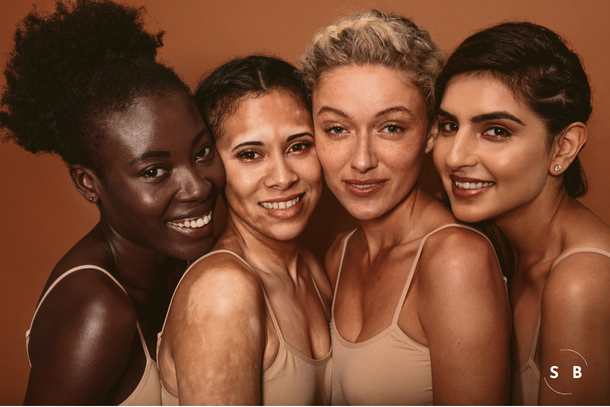
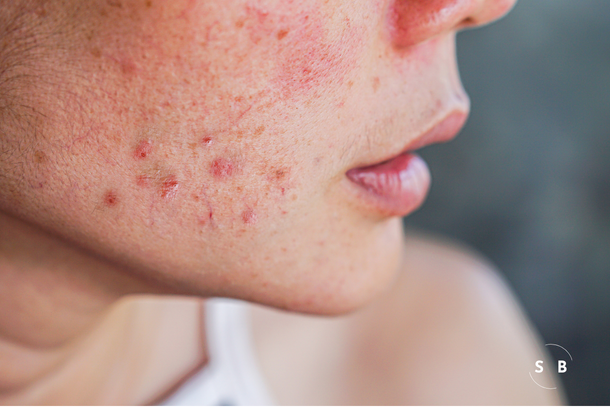
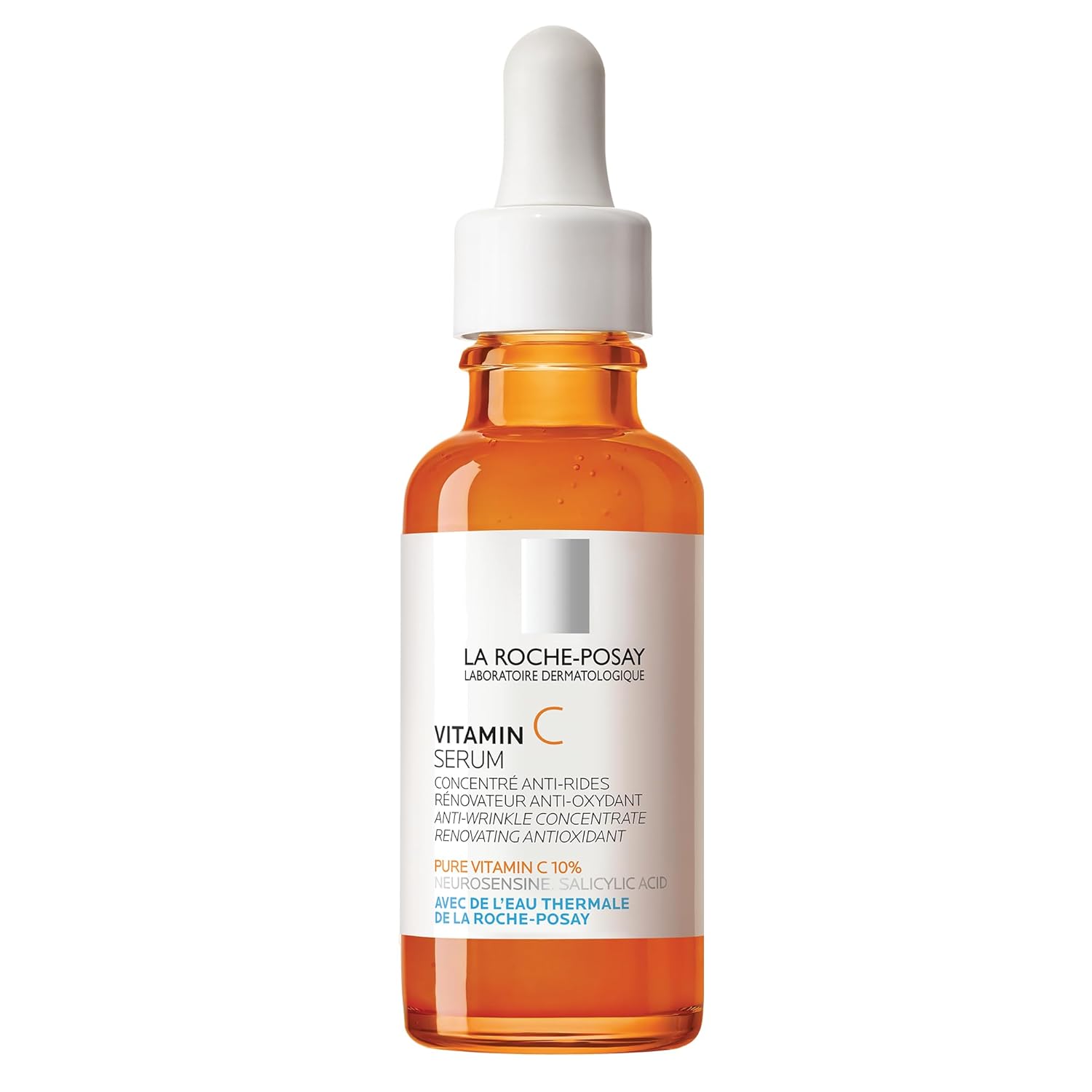
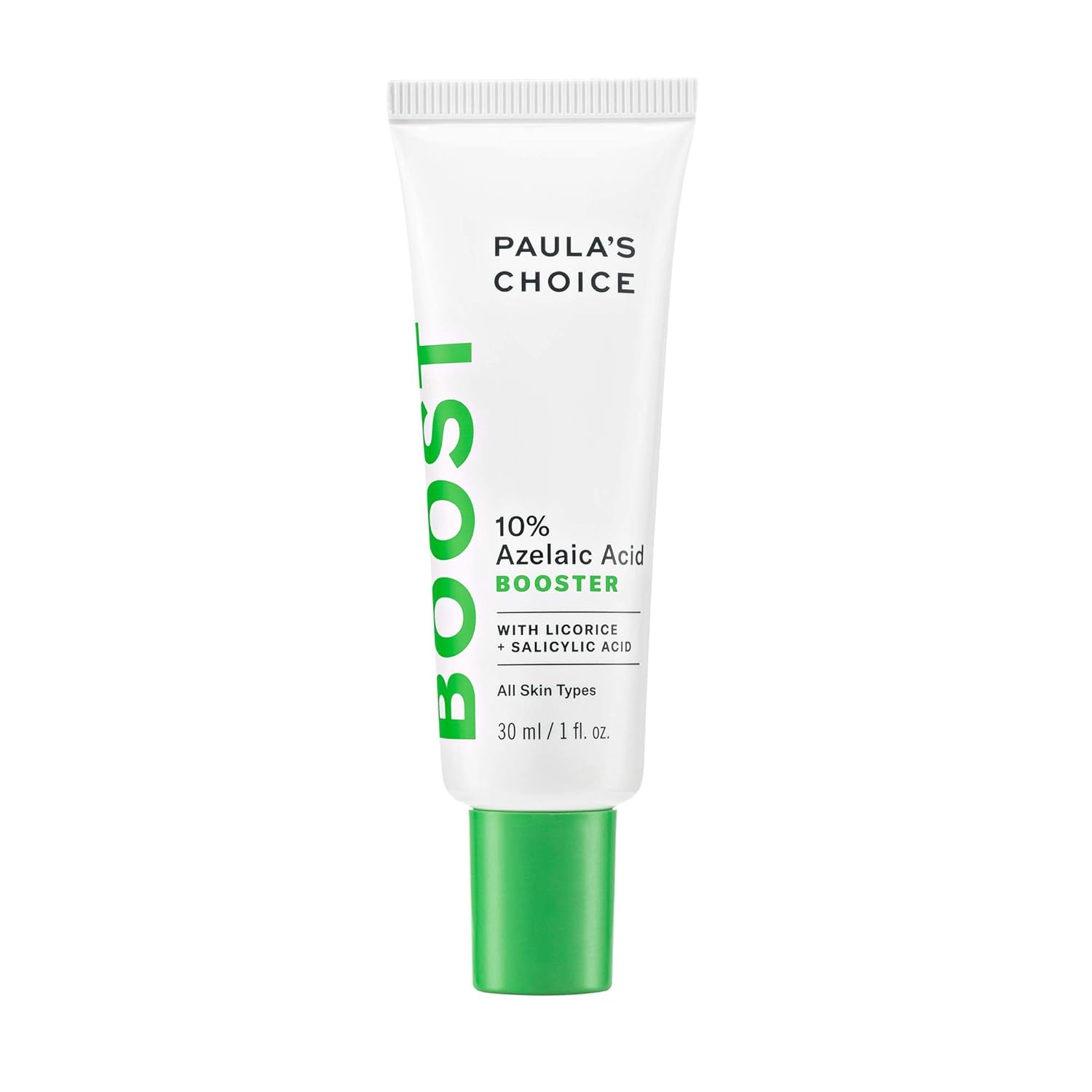
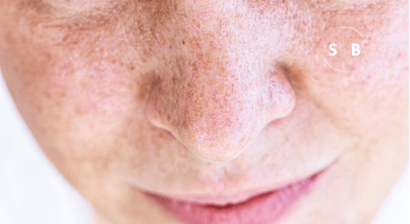
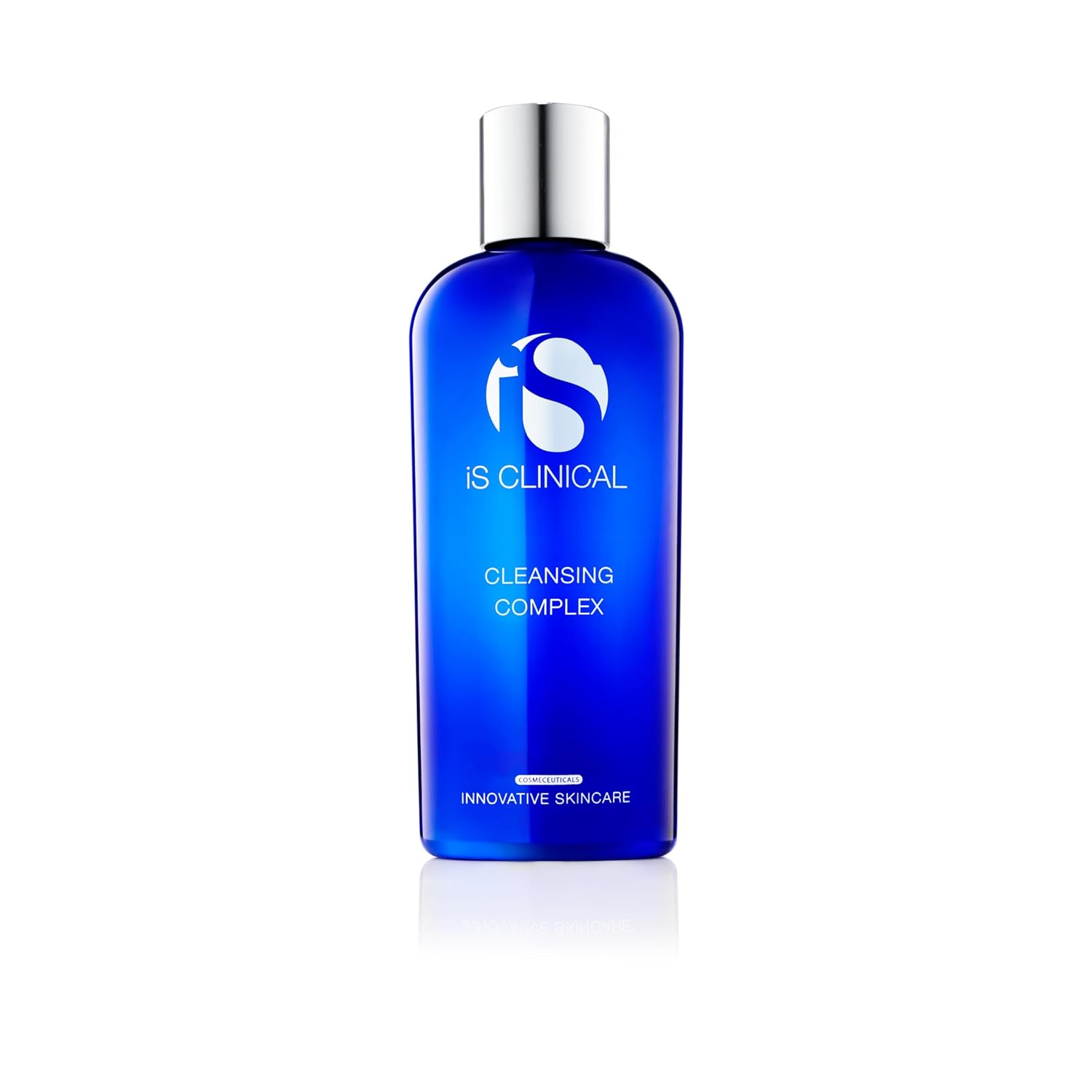
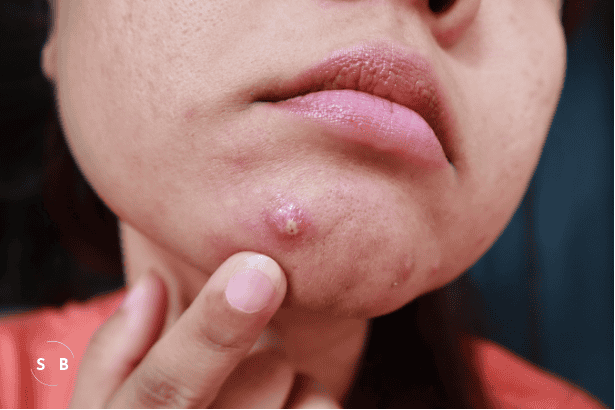
Leave a Reply